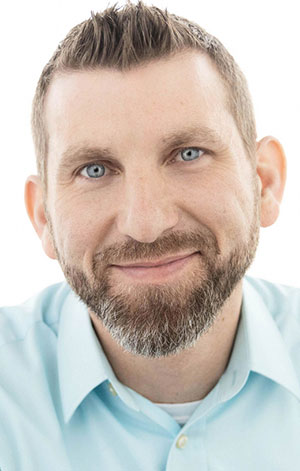Encore’s ‘pro-DME’ model takes off

By Liz Beaulieu, Editor
Updated 10:20 AM CDT, Fri September 1, 2023
 LIVINGSTON, Tenn. – Encore Healthcare’s NEXUS software crossed the 100,000-patient mark in August, a sign the company is “at a different scale” with its respiratory management services, says CEO Zach Gantt.
LIVINGSTON, Tenn. – Encore Healthcare’s NEXUS software crossed the 100,000-patient mark in August, a sign the company is “at a different scale” with its respiratory management services, says CEO Zach Gantt.
“We’re more than 130,000 patients in our various different programs, including NEXUS and our tele-respiratory program, as of this week,” Gantt, RRT, FAARC, said in August. “They’re from all 50 states.”
Here’s what Gantt had to say about the key to Encore Healthcare’s growth and his belief that artificial intelligence “is the future of where we’re going.”
HME News: In 2021, we reported that NEXUS had crossed the 9,000-patient mark. It sounds like the platform is now growing exponentially.
Zach Gantt: It’s crazy. It took us a long time to cross the 25,000 threshold, but once we did, things started to move faster. Now, we’re to the point where we’re still adding smaller DME companies, but we’re also adding national companies, as well as payers. We just got a contract for 25,000 patients. We’re at a different scale.
HME: You’ve reached a tipping point.
Gantt: Yes, we’ve reached a tipping point where (our services) are becoming widely adopted by the industry and there are also other companies coming to the table with a similar model, which is an indication that we’re pioneering something new and we’re succeeding.
HME: What’s helped Encore Healthcare reach that tipping point?
Gantt: I’m so pro-DME, because I came from the industry, so I don’t want to force their hands to adopt something. We’re not going to payers and then forcing DMEs to work with us. We go to the payer with the DME, together, so we’re more of a partner.
HME: I’d imagine that technology has been a pain point as Encore Healthcare has been growing exponentially.
Gantt: It has been. But the reason we have been successful with it is because we take that consultative approach. We’re the DME guys solving problems that we know exist and implementing models that work. But I’m not a software guy, so that’s why we co-mingle our clinical team with a technology team and figure out how to make it work.
HME: As you get more patients on the platform, how are you looking at newer technologies like AI?
Gantt: Our DMEs are doing a lot of assessments in our software – 60,000 per month. We’re getting more data every month, day, minute. We’re partnering with Carnegie Melon University on an AI and machine learning project, and we have a physician from the U.K. who is now on staff. We’re looking at how much you can save using our platform and the numbers are staggering. We’re also building out a model that predicts flareups, so we know which patients could go into the hospital and potentially when. Because we have the power of that data, we can predict what comes next.
Comments